Occupation Actor Children Dwight David Frye Role Actor | Name Dwight Frye Years active 1922-43 | |
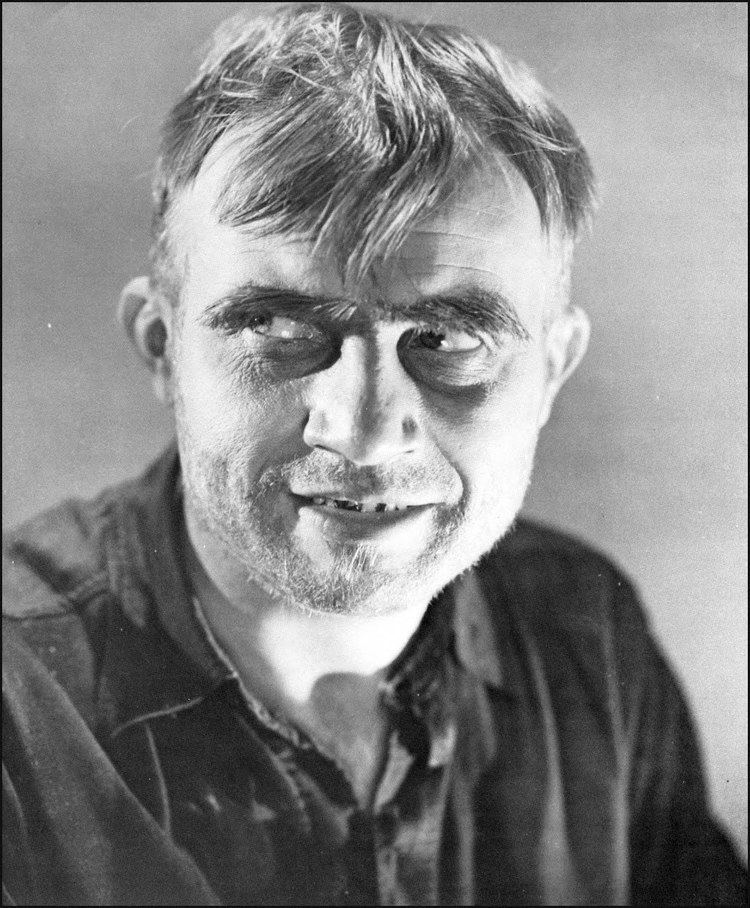 | ||
Full Name Dwight Iliff Fry Died November 7, 1943, Hollywood, California, United States Buried Forest Lawn Memorial Park, Los Angeles, California, United States Spouse Laura Mae Bullivant (m. 1928–1943) Movies Frankenstein, Dracula, Bride of Frankenstein, Son of Frankenstein, The Vampire Bat Similar People James Whale, Tod Browning, Karl Freund, Rowland V Lee, Jacques Tourneur | ||
Dwight frye sinister scene stealer
Dwight Iliff Frye (February 22, 1899 – November 7, 1943) was an American stage and screen actor. He is best known for his neurotic, murderous villains in several classic Universal horror films, most notably as Renfield in Dracula (1931) and as Fritz in Frankenstein (1931).
Contents
- Dwight frye sinister scene stealer
- Dwight frye s last laugh biography review
- Early life and career
- Death
- Musical tribute
- Filmography
- References
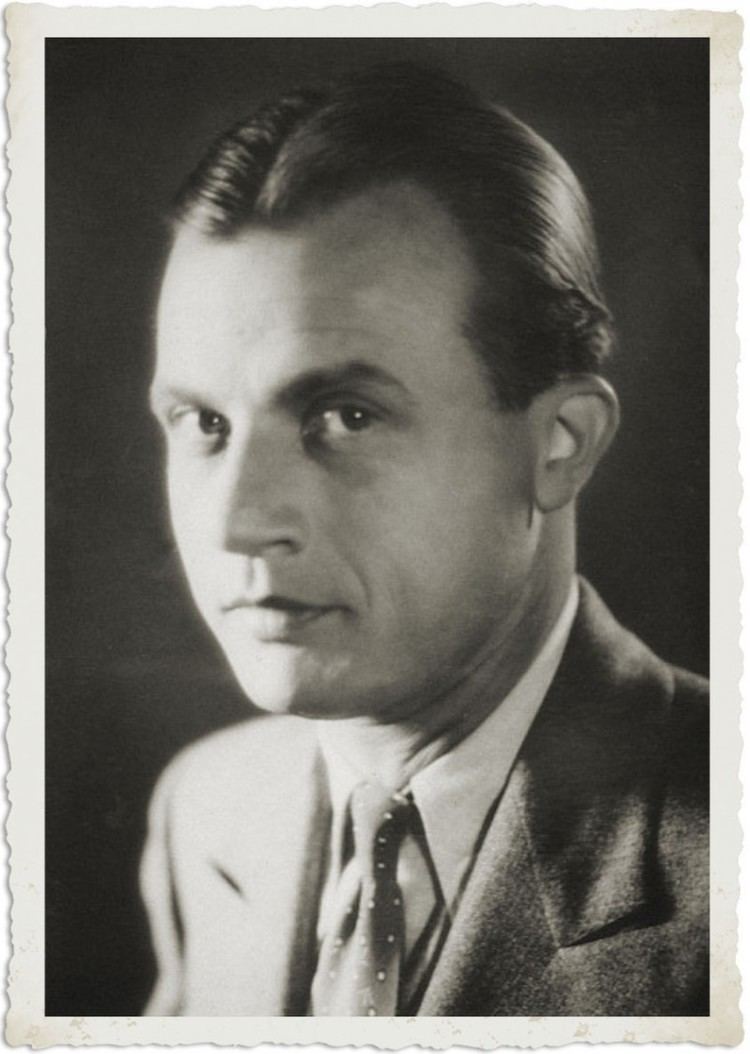
Dwight frye s last laugh biography review
Early life and career
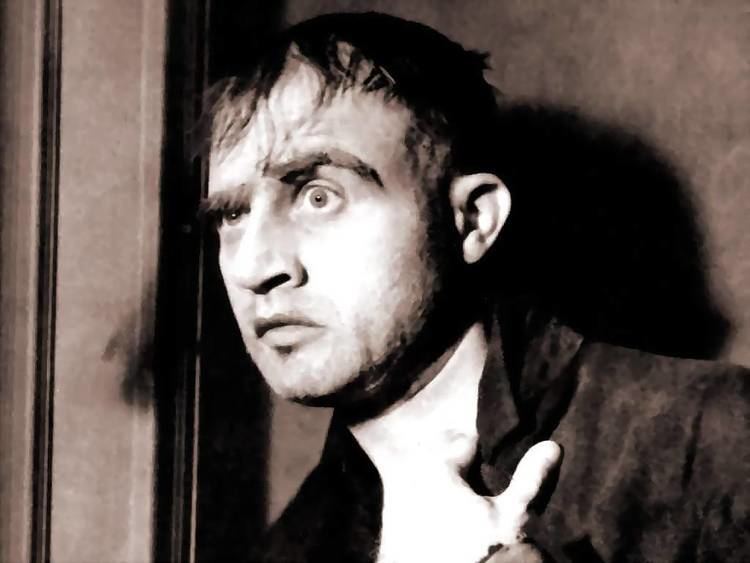
Frye was born in Salina, Kansas and studied for a career in music and first appeared as a concert pianist. In the 1920s, he made his name as a stage actor, often in comedies. In 1924, he played the Son in a translation of Luigi Pirandello's Six Characters in Search of an Author.
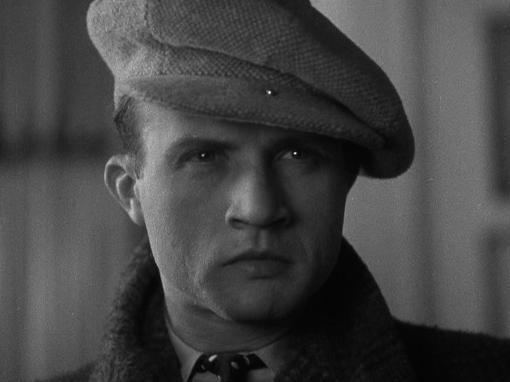
He had a few minor roles in silent pictures, but with the coming of sound he soon became known for playing villains. Nicknamed "The Man with the Thousand-Watt Stare" and "The Man of a Thousand Deaths", he specialized in the portrayal of mentally unbalanced characters, including his signature role, the madman Renfield in Tod Browning's 1931 version of Dracula. Later that same year, he played the hunchbacked assistant Fritz in Frankenstein. Also in 1931, Frye portrayed Wilmer Cook (the "gunsel") in the original film version of Dashiell Hammett's The Maltese Falcon. He had a featured role in the horror film The Vampire Bat (1933) in which he played Herman, a half-wit suspected of being a killer. He had memorable roles in The Invisible Man (1933) as a reporter, and in The Crime of Dr. Crespi (1935).
In Bride of Frankenstein (1935), he played Karl. The part was originally much more substantive, and many additional scenes of Frye were shot as a subplot but were edited out of the final version to shorten the running time and appease the censors. One of these deleted scenes was that of Karl killing a Burgomaster, portrayed by E. E. Clive. No known prints of these scenes survive today, but photographs of the scene were used to illustrate the scene's synopsis and are included in the recent Universal Studios DVD release of the film. He played similar characters in Ghost of Frankenstein and Frankenstein Meets the Wolf Man; another appearance in Son of Frankenstein was deleted prior to release.
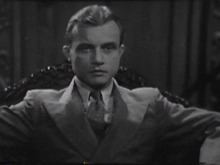
During the early 1940s, Frye alternated between film roles and appearing on stage in a variety of productions ranging from comedies to musicals, as well as appearing in a stage version of Dracula. During World War II, he made a contribution to the war effort by working nights as a tool designer for Lockheed Aircraft.
Death
On November 7, 1943, Frye died of a heart attack while riding on a bus in Hollywood, a few days before he was scheduled to begin filming the biopic Wilson. Frye was survived by his wife Laura (1899-1979), and a 13-year-old son Dwight David Frye (1930 - 2003). He was interred in Glendale's Forest Lawn Memorial Park, Glendale.
Musical tribute
American rock band Alice Cooper wrote and recorded a tribute track to Dwight Frye entitled "The Ballad of Dwight Fry" (purposefully dropping the last "e") that was included on their 1971 LP Love It to Death. On stage, this song would be portrayed with Alice in a straightjacket trying to escape, and finally breaking free at the end of the song to strangle the nurse with the ties.
